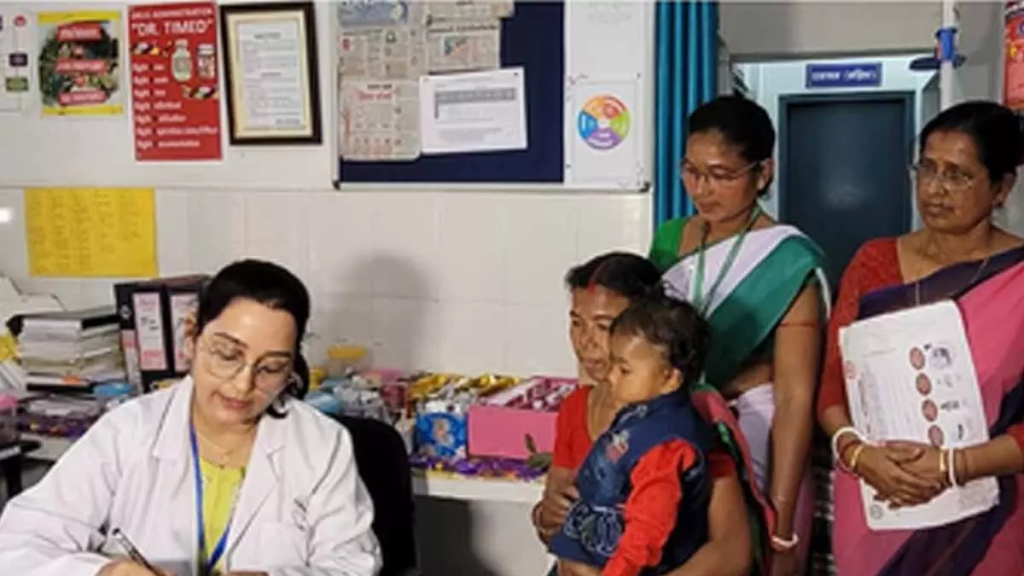- Courses
- GS Full Course 1 Year
- GS Full Course 2 Year
- GS Full Course 3 Year
- GS Full Course Till Selection
- Online Program
- GS Recorded Course
- NCERT (Recorded 500+ Hours)
- Polity Recorded Course
- Geography Recorded Course
- Economy Recorded Course
- AMAC Recorded Course
- Modern India, Post Independence & World History
- Environment Recoded Course
- Governance Recoded Course
- Science & Tech. Recoded Course
- International Relations and Internal Security Recorded Course
- Disaster Management Module Course
- Ethics Recoded Course
- Essay Recoded Course
- Current Affairs Recoded Course
- CSAT
- 5 LAYERED ARJUNA Mentorship
- Public Administration Optional
- ABOUT US
- OUR TOPPERS
- TEST SERIES
- FREE STUDY MATERIAL
- VIDEOS
- CONTACT US
Right to Information (RTI)
Right to Information (RTI)
Why in the News Now?
- Overview: The Supreme Court recently directed the Centre and State governments to fill critical vacancies in the Central Information Commission (CIC) and State Information Commissions (SICs).
- Concerns about unfilled vacancies compromising the effectiveness of the Right to Information Act 2005 prompted this decision.
What is the Role and Importance of CIC and SICs?
Feature |
Central Information Commission (CIC) |
State Information Commission (SIC) |
|
1- Role and Importance |
|
|
|
2- Composition |
|
|
|
3- Jurisdiction |
|
|
|
4- Appointment |
|
|
Vacancies and Their Impact
- Status of vacancies: Several vacancies exist in both CIC and SICs across the country, leading to a shortage of personnel to handle RTI appeals and complaints.
- Consequences:
- Large backlog of pending cases: Limited personnel result in backloged cases, causing long delays in disposal and weakening the RTI framework.
- Reduced access to information: Delays or unsatisfactory responses discourage citizens from using the RTI Act, hindering its effectiveness.
- Stats from recent performance review: A study by Satark Nagrik Sangathan revealed approximately 3.14 lakh appeals and complaints were pending as of June 2022, highlighting the severity of the backlog issue.
Supreme Court's Directions
- Acknowledging the detrimental impact of vacancies, the Supreme Court recently directed the Centre and State governments to fill up all vacant positions in CIC and SICs within a specified timeframe.
- The Court emphasized that unfilled vacancies render the RTI Act "a dead letter" and impede citizens' right to information.
Problems |
Impact |
Solutions |
|
1- Critical Vacancies in CIC and SICs: Insufficient personnel to handle RTI appeals and complaints |
1- Large backlog of pending cases, delays in disposal, weakened RTI framework, reduced access to information |
1- Prioritize filling vacant positions in CIC and SICs within a specified timeframe. |
|
2- Lack of Transparency and Accountability: Inadequate proactive disclosure of information, potential for information concealment by public authorities |
2- Reduced access to information, weakened public trust in governance, hindered citizen participation |
2- Proactive disclosure: Public authorities should proactively publish relevant information without waiting for RTI requests. - Training: Train government officials on RTI provisions and importance of transparency. - Whistleblower protection: Strengthen legal framework to protect individuals who disclose information in the public interest. |
|
3- Reduced Awareness and Utilization of RTI Act: Limited knowledge about the Act, particularly in rural areas |
3- Reduced access to information, citizens unable to exercise their right, weakened accountability of public authorities |
3- Awareness campaigns: Conduct targeted campaigns to educate citizens about their RTI rights, especially in rural areas. - Community outreach: Partner with NGOs and civil society organizations to spread awareness. |
|
4- Ineffective Implementation by Public Information Officers (PIOs): Misinterpretation of Act provisions, delays in response, discouragement of RTI requests |
4- Reduced access to information, frustration and apathy among citizens, weakened effectiveness of the Act |
4- Training: Train PIOs on RTI procedures and responsibilities. - Accountability: Enforce penalties for non-compliance with RTI provisions. - Grievance redressal mechanisms: Improve channels for complaint against PIOs. |
By addressing these concerns and implementing the suggested measures, we can strengthen the Right to Information Act and ensure its effectiveness in promoting transparency and accountability in the Indian governance system.



